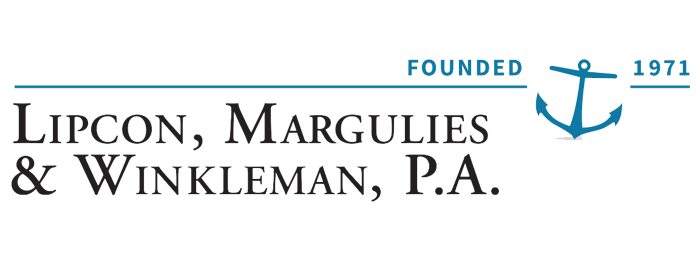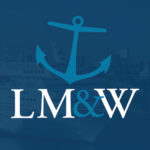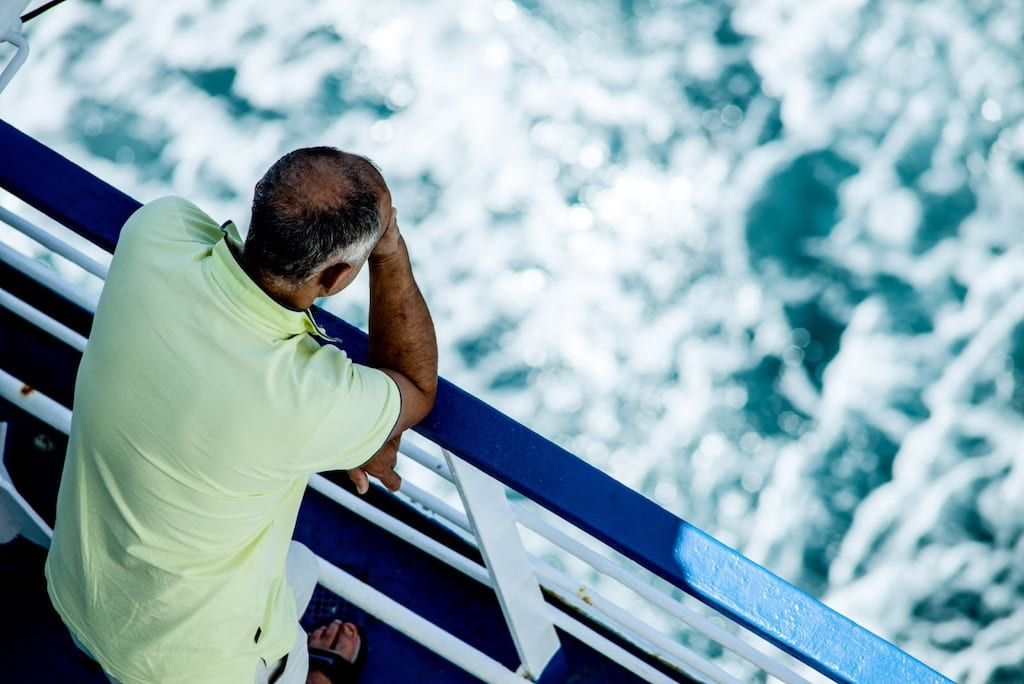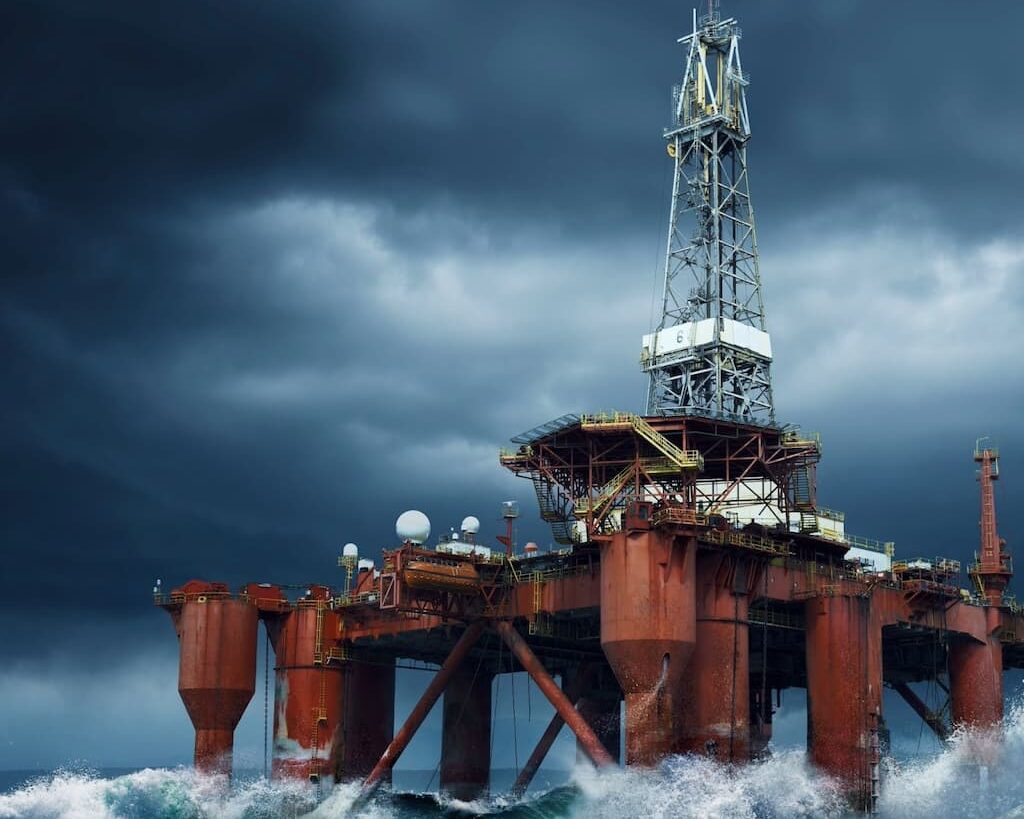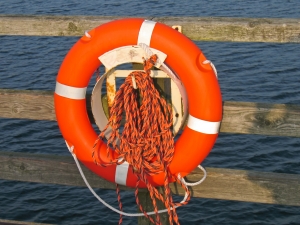
Over 200 people went missing after the cargo vessel MV Sulpicio Express collided with the passenger ferry boat MV Thomas Aquinas on Friday near the port of Cebu in the Philippines. The ferry was transporting 752 passengers, including several children.
According to initial reports, the cargo vessel was responsible for the Philippine ferry crash, but the reason for the collision remains unanswered. The ferry boat was entering the Cebu pier when the cargo vessel, which was leaving the port, collided with it. The collision created a huge gash in the front of the ferry and led water to enter into the vessel. It took all but 30 minutes for the ferry to sink.
After the crash, several passengers jumped out into the ocean when the captain of the vessel made an abandon ship call after the ferry began to list. Some were able to make it onto life rafts while others who jumped ship were thrown life jackets by the crew that remained onboard.
As of this weekend, 629 victims have been rescued, including an 11-month old child. Sadly, authorities report that 28 victims have already been confirmed dead while hundreds more are still missing. Investigators believe many passengers are still trapped inside the vessel, which now lies roughly 100 feet beneath Philippine waters.
There is no word on whether any of the individuals onboard the cargo vessel were injured or killed.
While we don’t have an exact answer as to why the collision occurred, maritime accidents in the Philippines are unfortunately quite common. Unlike here in the U.S., where there are strict maritime laws that govern cargo and passenger vessel operations, there is little law enforcement in the Philippines and weak safety policies, which contribute to a high number of maritime collisions each year.
The area is also prone to unfavorable weather conditions, which is also a factor in many maritime accidents. Additionally, vessels are often sent out to sea in poor condition, yet there are few regulations that govern the maintenance of ships in the nation.
According to Philippine Transportation Statistics, 2,007 maritime accidents were reported between 1995 and 2006 in the Philippines, which resulted in 1,195 casualties.
But while this particular tragic ferry boat accident occurred in a nation that employs significantly fewer maritime safety standards than the United States, operators in the U.S. still violate maritime safety laws, leading to severe and fatal accidents in U.S. waters.
Our maritime lawyers see a lot of cruise lines get away with violating the law because they have found loopholes around them. The majority of cruise companies register their vessels in foreign countries so they can escape persecution in the event of an accident that results from their own negligence. They also include clauses in their passenger ticket contracts, which limit their liability when an accident occurs.
If this happens in the U.S., where some of the strictest maritime regulations are enforced, we can only imagine the horrific incidents that occur in other countries, like the Philippines, where maritime safety laws are loosely enforced.
Victims and surviving loved ones of the Costa Concordia tragedy are still trying to obtain justice though it’s been over a year and a half since the vessel capsized off the coast of Giglio, Italy. A total of 32 people were killed after the ship’s captain, Francesco Schettino, ordered a last minute change to the itinerary, which brought the vessel too close to shore and caused it to crash into a massive rock.
The captain is still awaiting sentencing in Italy on charges of manslaughter and abandoning ship, but Costa Crociere, S.p.A., the owner of the Costa Concordia, has successfully avoided prosecution after paying a 1 million Euro fine. Several other crew members, who were also charged with manslaughter and abandoning ship, have also avoided penalties after their sentences were suspended.
Costa Cruises operates under the Carnival Corp. umbrella, and by this point, the whole world has witnessed the “Fun Ship” company appear at the forefront of the majority of cruise ship accidents in the past two years.
Will passenger safety ever improve? Will there ever be a way to enforce maritime safety regulations worldwide?
Unless each country bands together to properly enforce safety laws, the chances of achieving a uniform international regulation are slim. At least victims can turn to a cruise or maritime lawyer for assistance in obtaining justice for their pain and suffering, though no amount of monetary compensation can make up for the injuries or deaths that are suffered because of a maritime vessel operator’s negligence in failing to provide a safe environment for passengers.
Published on August 19, 2013
Categories: Cruise Ship Accidents, Cruise Ship Injuries, International Maritime
Get Free
Consultation
